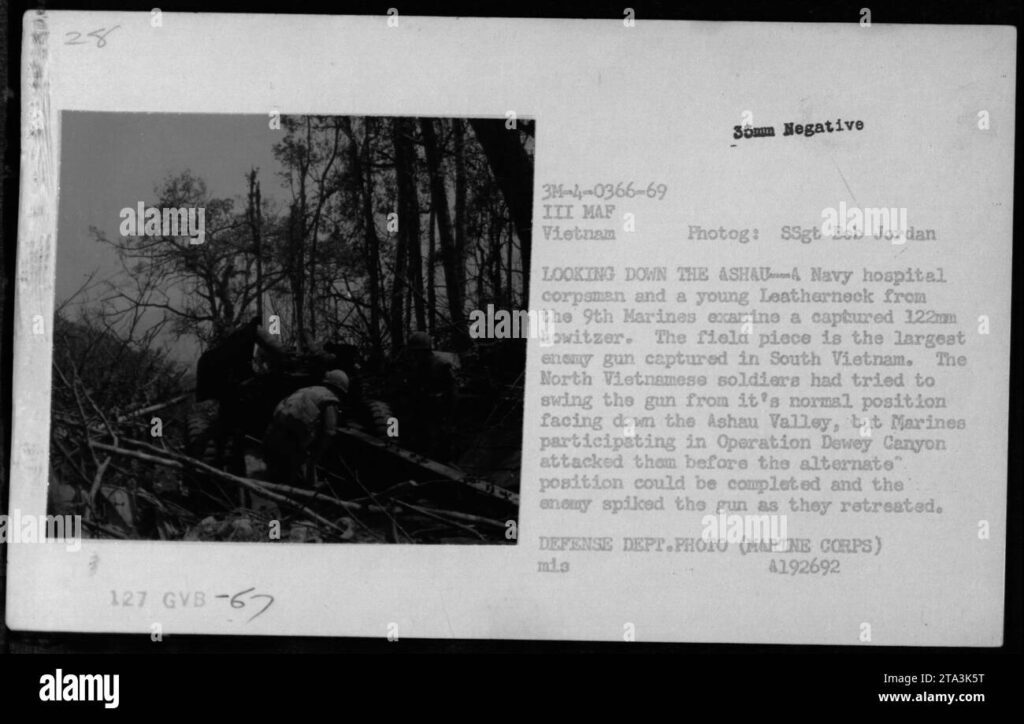The Vietnam War was a long and brutal conflict that saw the strategic military leadership of General Vo Nguyen Giap play a crucial role in the eventual victory of the communist forces. General Giap’s innovative tactics, such as the concept of “people’s war” and the effective use of tunnel networks and ambushes, helped to wear down the American military and achieve decisive victories. The Tet Offensive in 1968 was a turning point in the war, showcasing Giap’s resilience and determination. His legacy as a brilliant military strategist and national hero continues to inspire generations of Vietnamese patriots.
The Vietnam War: Examining General Vo Nguyen Giap’s Strategic Military Leadership
Introduction
The Vietnam War was a complex and brutal conflict that lasted for over two decades, from 1955 to 1975. One of the key figures in this war was General Vo Nguyen Giap, the mastermind behind the military strategy of the North Vietnamese Army. General Giap’s leadership played a crucial role in the eventual victory of the communist forces over the American-backed South Vietnamese government. This article will examine General Giap’s strategic military leadership during the Vietnam War.
Early Life and Military Career
Vo Nguyen Giap was born in 1911 in Quang Binh Province, Vietnam. He joined the Indochinese Communist Party in the 1930s and quickly rose through the ranks of the Vietnamese independence movement. During World War II, Giap organized guerrilla forces to resist Japanese occupation and later fought against French colonial rule in Vietnam.
Strategic Military Leadership
One of General Giap’s key strategic principles was the concept of “people’s war.” This involved mobilizing the civilian population to support the military effort, using guerrilla tactics to harass and weaken the enemy, and gradually wearing down the enemy’s will to fight. Giap understood that the Vietnamese forces could not match the American military in terms of firepower and technology, so he focused on exploiting their weaknesses and using unconventional tactics to gain the upper hand.
Tactical Innovations
General Giap also made use of innovative military tactics and strategies during the Vietnam War. He successfully employed the use of tunnel networks to hide and protect his forces, as well as booby traps and ambushes to inflict heavy casualties on the enemy. Giap’s use of “human wave” attacks, where large numbers of soldiers would advance in close formation, overwhelmed and demoralized American troops.
The Tet Offensive
One of General Giap’s most famous military campaigns was the Tet Offensive in 1968. This coordinated series of attacks by the North Vietnamese Army and the Viet Cong shocked the American military and the South Vietnamese government, and marked a turning point in the Vietnam War. Although the offensive ultimately failed to achieve its objective of sparking a general uprising in South Vietnam, it demonstrated the resilience and determination of the communist forces.
Legacy
General Vo Nguyen Giap is widely regarded as one of the greatest military leaders of the 20th century. His strategic vision and tactical innovations played a decisive role in the outcome of the Vietnam War. Despite facing overwhelming odds, General Giap never wavered in his belief that the Vietnamese people would ultimately triumph over their oppressors. His legacy lives on in the hearts and minds of the Vietnamese people, who continue to honor his memory as a national hero.
Conclusion
In conclusion, General Vo Nguyen Giap’s strategic military leadership during the Vietnam War was instrumental in the eventual victory of the communist forces over the American-backed South Vietnamese government. Through his innovative tactics and unwavering determination, Giap was able to overcome the odds and achieve a historic triumph for the Vietnamese people. His legacy as a brilliant military strategist and national hero continues to inspire generations of Vietnamese patriots.
